Building a Foundation with Elementary STEM
A MiddleWeb Blog
 Should we teach STEM at the preschool and elementary levels?
Should we teach STEM at the preschool and elementary levels?
Can elementary STEM programs build a stronger foundation for middle grades STEM?
Is there anything out there than can help elementary teachers lead STEM activities?
The answer is a resounding YES to all! STEM learning can open up new worlds for kids and make learning more fun at the same time it provides deeper learning. Offering STEM-style learning experiences in the early grades also builds a foundation that will energize STEM education throughout the K-12 school experience (which is why you’re reading this post on a middle grades blog!).
If you are an elementary educator, when you teach STEM, you guide kids in new ways of solving problems. You give them opportunities and strategies for developing critical thinking skills and creativity. And you help them learn to work productively in teams. Your kids will also learn to communicate appropriately and in a variety of ways.
But to accomplish these objectives, there are three caveats.
- Elementary kids should experience Integrated STEM. That may bring up two questions for you: What is integrated STEM? How is any of this different from the way I’m teaching science and math now?
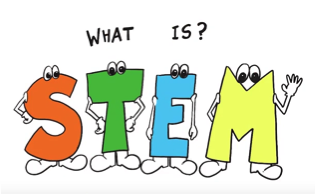
Debrief: Now that you’ve watched the video, how would you answer the question, What is integrated STEM?
My thoughts – when you teach integrated STEM, kids combine what they learn in science and in math to design a solution (usually a model or prototype) for a real world problem. What separates STEM from the way we traditionally teach science and math is the blended learning setting that shows students how what they are learning can be applied to everyday life. Students focus on the real world of problem solving.
What an advantage you have as an elementary teacher in teaching integrated STEM! For starters, you get to teach all (or many) subject areas to the same kids all day. That creates the power and opportunity to integrate subjects and to tighten the connections between mathematics and science for your lucky students.
Imagine your students applying what they learn in geometry with a core idea from science, such as energy transfer, and using what they know to solve an engineering challenge. Think they would see a real reason for learning?
And you can organize, plan, and guide them through that entire process. As a secondary teacher I taught only science, and I had 150 or more students per day. You have a first-rate opportunity to involve your students in introductory STEM activities.
- You should know some basic STEM guidelines. STEM lessons usually meet several guidelines.
Task 2: Read over the guidelines below. If you have a word processing program at hand, copy and paste these into a document.
Later you can turn them into a checklist to help you keep track of which guidelines each lesson meets. You can plan to address those that are unmet in other lessons.
Keep in mind that every STEM lesson you teach should meet most of these guidelines. Over time, your lessons should cover all of the guidelines. However, it’s okay if you don’t cover all of these guidelines in the same lesson.
Guidelines for STEM lessons:
- Presents a real and compelling problem/engineering challenge
- Kids understand and relate to the problem
- Allows for different acceptable and creative solutions to the problem
- Integrates and applies important science and math grade-level content
- Uses the engineering design process as the approach to solving problems
- Uses a student-centered, hands-on teaching and learning approach
- Leads to the design and creation of a technology or prototype
- The role of technology in the lesson is clear to the students
- Successfully engages students in purposeful teamwork
- Includes testing the solution, evaluating the results, and redesign
- Involves students in communicating their design and results.
Debrief: I’d like to make a couple of points about some of these guidelines:
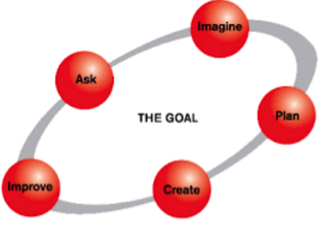
#5. I recommend you use the engineering design process shown here. This is from the Engineering is Elementary site. Each step is explained at the site. This website also has some STEM (a.k.a. engineering) lessons you can use.
#6. No cookie-cutter approaches for STEM. Let kids figure it out, with enough guidance from you to keep them on track, but avoid telling them how to solve the problem.
#9. You may want to download this Student Teaming Tips guide and apply anything that seems to be of value for your students.
#10 and #11 are part of the engineering design process.
Which of these do you need/want more information about? I have some previous posts on STEM lessons here, here, and here. Keep in mind that while those are aimed at middle level teachers, they contain some solid, relevant information for you as well.
If you don’t find what you need there and want more information, post a comment at the end of this post.
- Your STEM classroom should be a “risk-free” zone. Elementary kids need to feel “safe” when their STEM prototypes don’t work. Notice I said WHEN they don’t work, and not IF they don’t work. When engineers design prototypes, they often don’t expect that they will work the first time. They expect to learn from what doesn’t work, then go back and redesign. The same is true of your students.
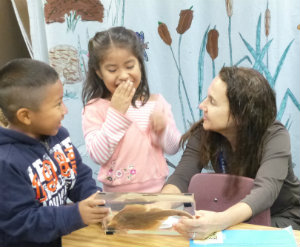
Okay – I’m over my word count. I have to cut it off. But If you’ve never led a STEM initiative, you may be wondering:
Can I lead this important STEM initiative successfully? Of course you can.
Will I make mistakes? Of course you will.
Is that okay? Yes, it’s okay. That’s how you learn.
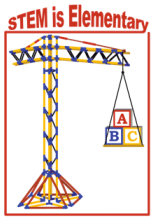
Children love doing. Young children are naturally curious about the human made world they live in. They are interested in how things work and how they can change or control the way things work.
You can find free STEM lesson ideas on the internet (here’s one site to explore). Be sure to check them against the criteria I’ve shared here. And congratulations on being willing to learn, plan, and conduct STEM lessons with your students.

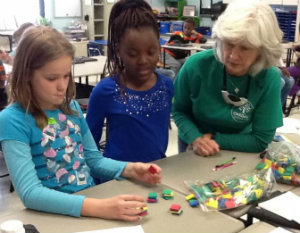
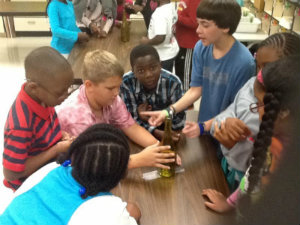




























Anne, great blog and you’re dead on aboiut STEM and the elementary grades. Thanks SO MUCH for including my STEM is Elementary website!!!
I want to include an article about both your blog site and your new book in my free monthly newsletter. The newsletter goes to 600 readers worldwide who are interested in elementary STEM. I would love to review or read your book.
Great job Anne. I will be following your blogs in the future!
Thanks so much, Bob, for your response. I know I got something right when elementary teachers and those who know them well respond positively. Please add me to your monthly newsletter – or perhaps I can sign up at the STEM is Elementary website. Thanks for including my blog site and book in your newsletter. I look forward to knowing you’re reading my blogs, and please don’t hesitate to call my hand on anything you think I need to think about differently.
Today’s students are tomorrow’s pioneers. The craze for STEM Learning has now significantly increased in young students. The universities are coming up with various STEM Learning Programs in collaboration with other institutions and researchers.
Insightful comment, Brian, and one with which I agree. Thanks for sharing this with our readers!